-
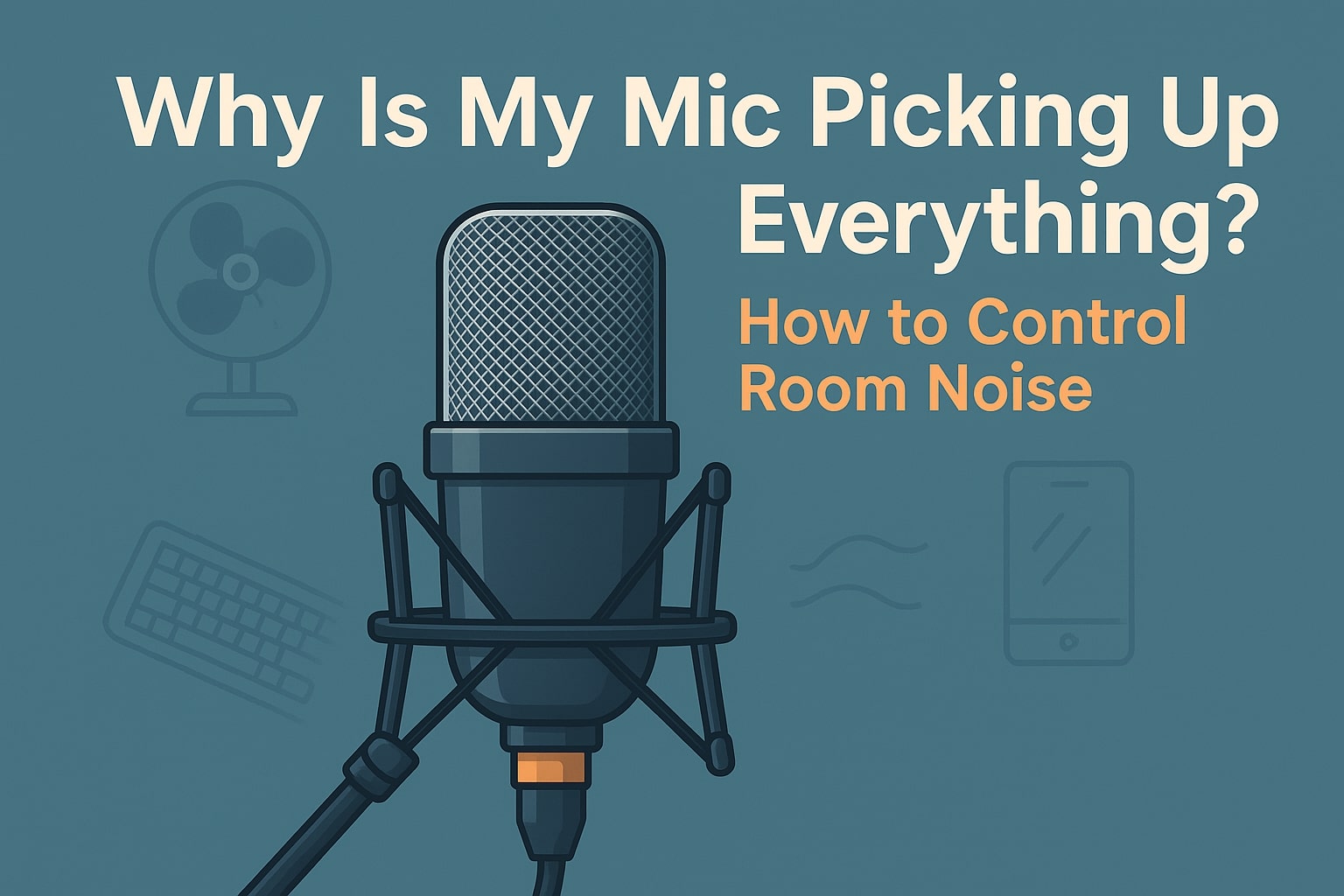
·
Why Is My Mic Picking Up Everything? How to Control Room Noise
You’re in the middle of an important video call when suddenly your microphone starts broadcasting every little sound in your room—the neighbor’s dog barking, your refrigerator humming, even the faint clicking of your keyboard. Sound familiar? You’re definitely not alone in this frustrating experience. Microphone noise issues are incredibly common, whether you’re working from home,…
-
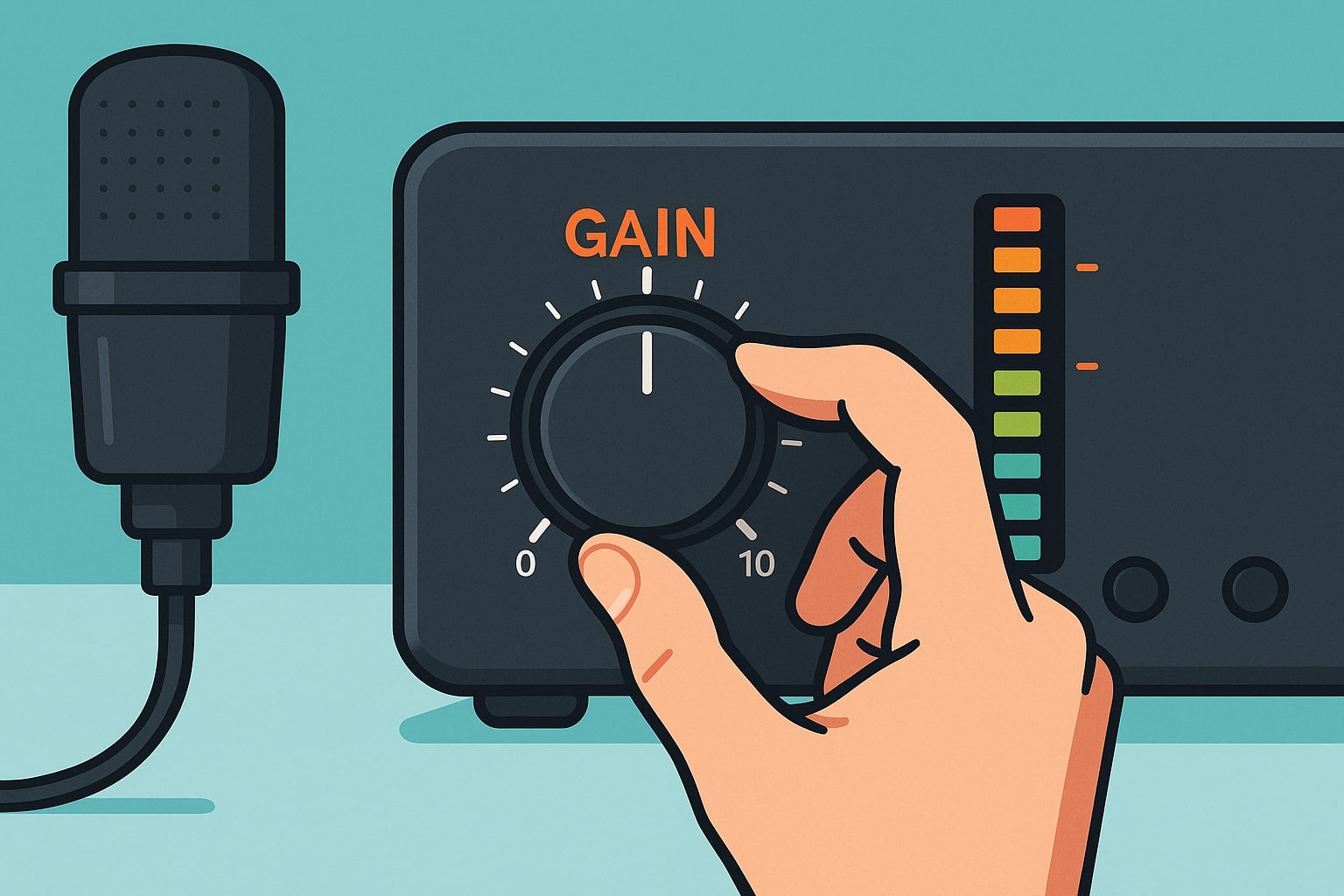
·
Mic Gain Staging: What It Is and How to Set It
If you’ve ever recorded audio and ended up with either a noisy mess or a distorted disaster, chances are the gain wasn’t set right. That’s where mic gain staging comes in—a fundamental skill that separates clean, professional-sounding recordings from amateur ones. Let’s break it down together in plain English. What Is Mic Gain Staging and…
-
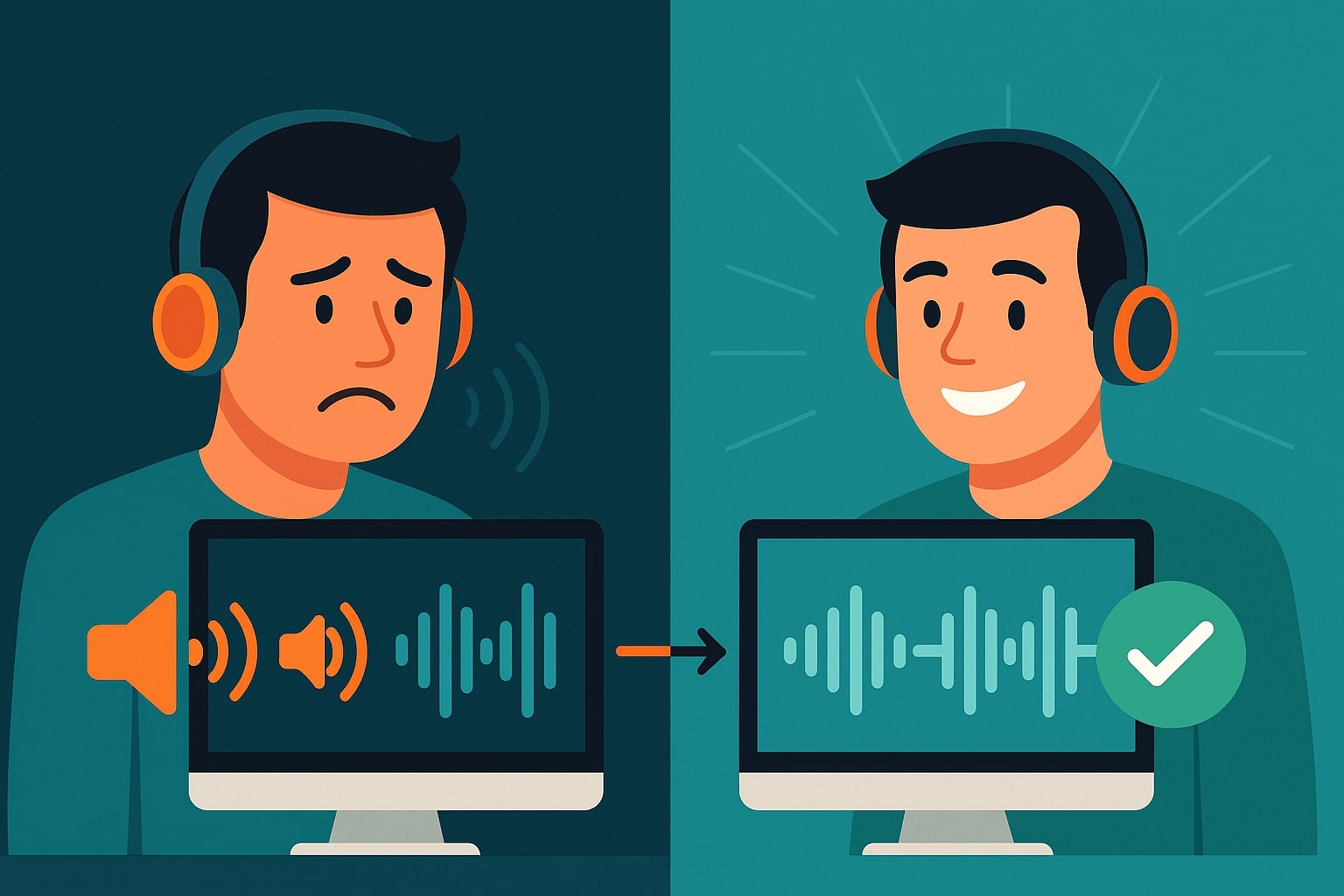
·
The Complete Guide to Eliminating Microphone Latency
You’re in the middle of recording a perfect vocal take when you notice your timing feels completely off. You’re hearing yourself a split second after you sing, throwing off your rhythm and ruining the performance. Sound familiar? That frustrating delay between speaking into your mic and hearing your voice is called latency, and it’s one…
-
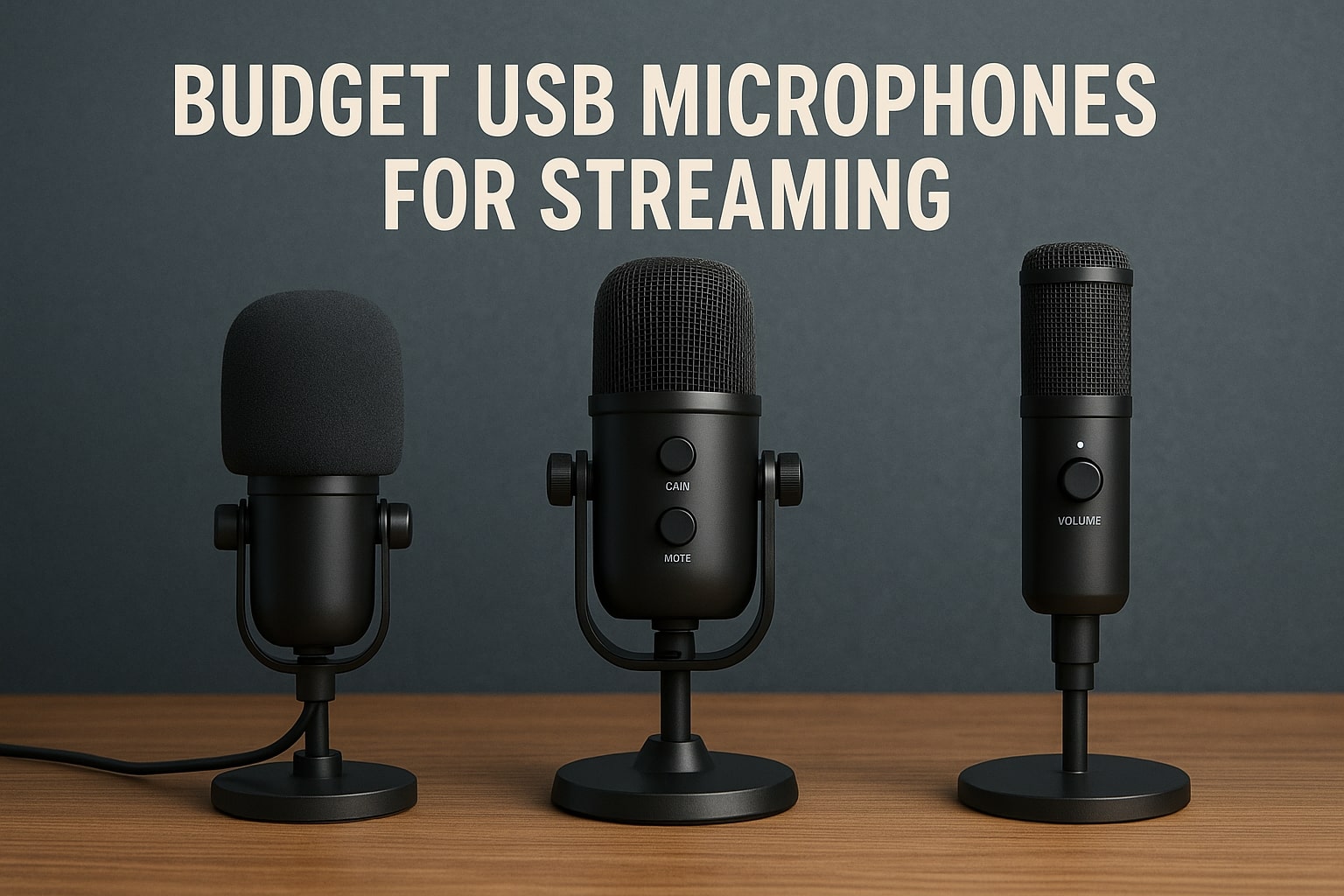
·
8 Best Budget USB Microphones for Streaming (2025 Update)
A quality microphone can make or break your streaming experience. While your audience might tolerate average video quality, poor audio will drive viewers away faster than anything else. The good news? You don’t need to spend hundreds of dollars to get professional-sounding audio for your streams. What Makes a Great Streaming Microphone? Before diving into…
-
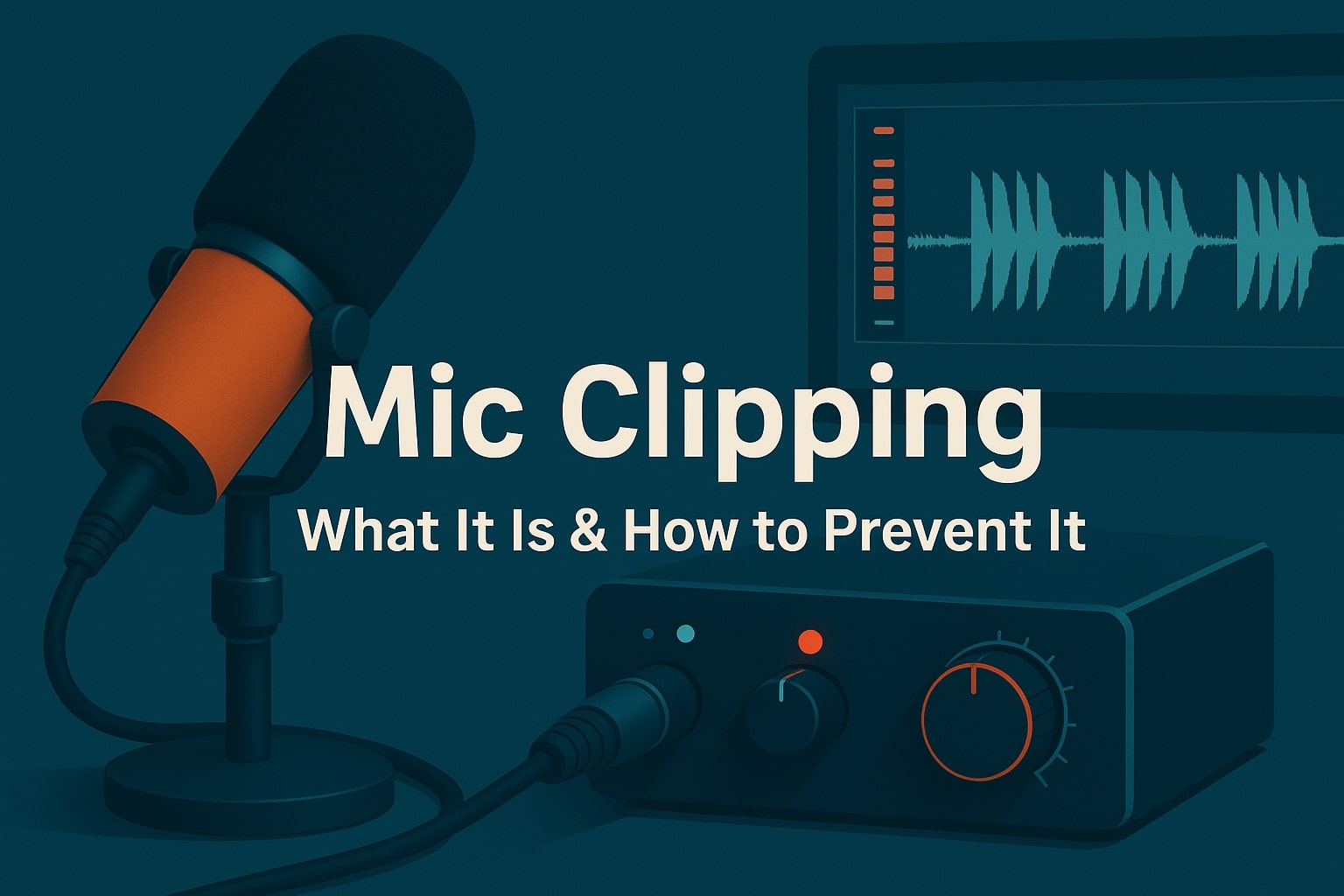
·
Mic Clipping: What It Is and How to Prevent It
If you’ve ever recorded audio and wondered why your voice suddenly sounds distorted, harsh, or just plain bad, you’re probably dealing with mic clipping. It’s one of those sneaky issues that can ruin an otherwise perfect take—but don’t worry. Once you understand what clipping is and how to prevent it, you’ll be back in control…
-
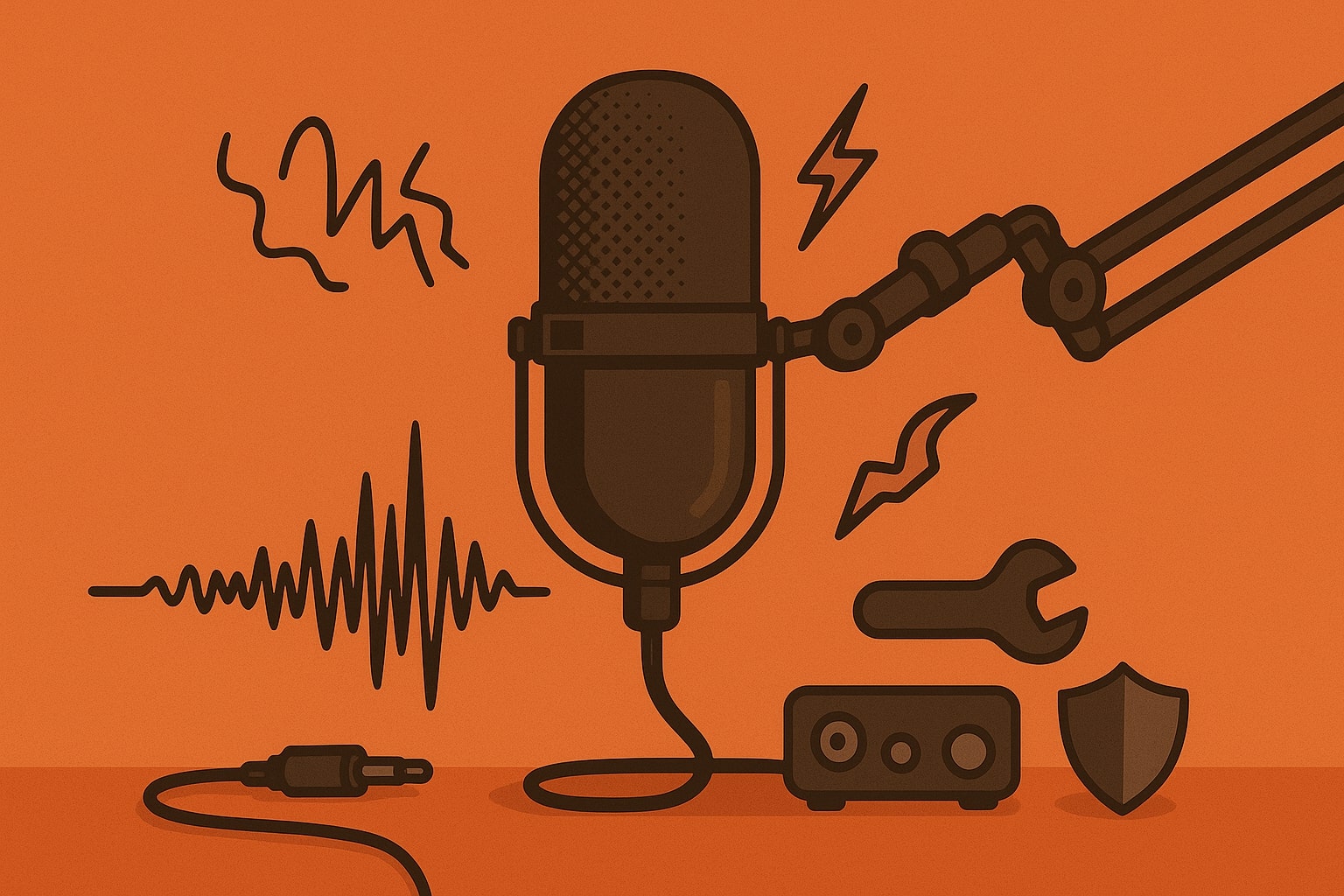
·
How to Fix Mic Static, Hiss, and Buzz (Even If You’re a Total Beginner)
There’s nothing worse than recording a great take—only to play it back and hear a bunch of static, hissing, or buzzing in the background. Whether you’re gaming, podcasting, or just hopping on Zoom calls, mic noise can make your audio sound amateur fast. The good news? You can fix it—and you don’t need to be…
-
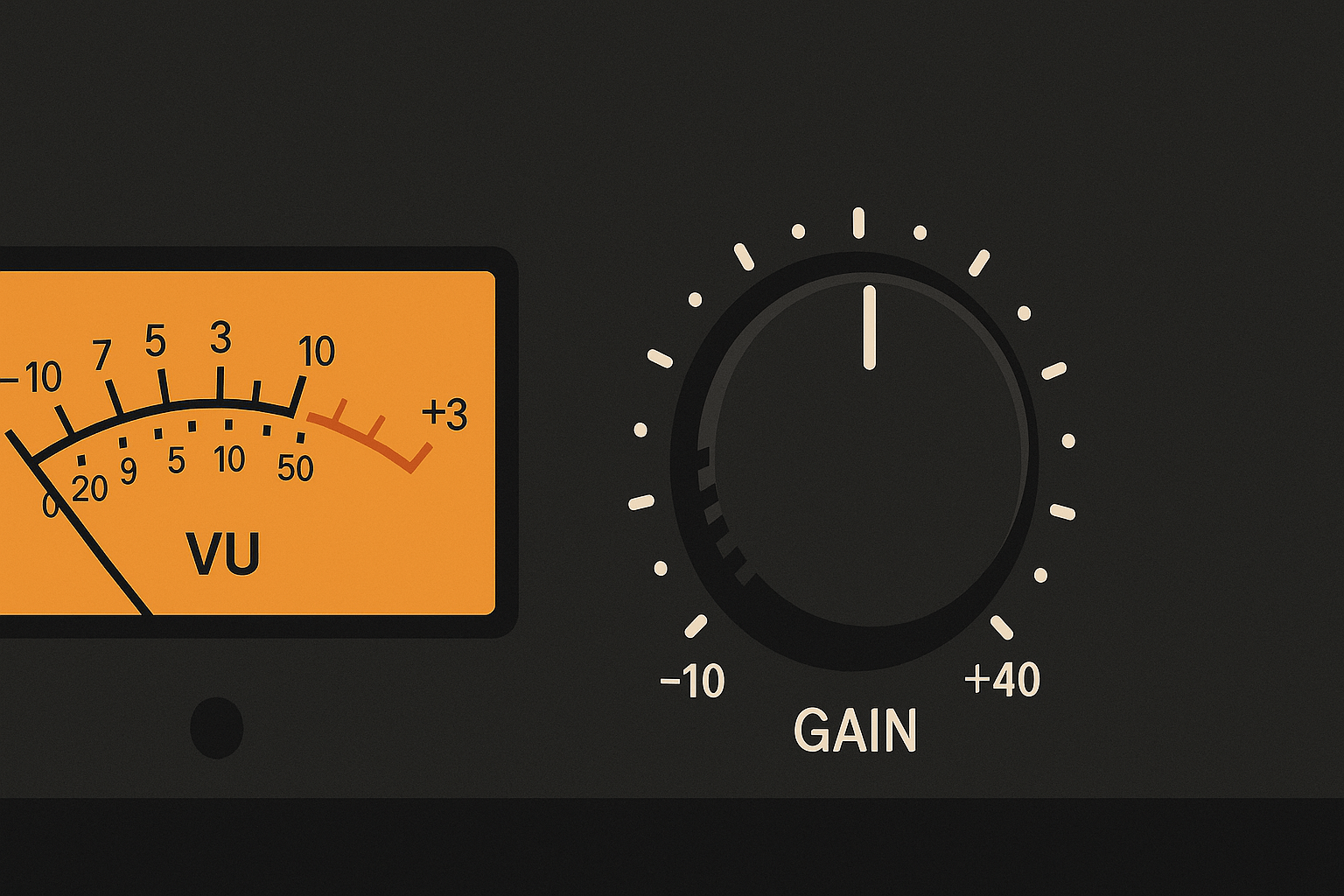
·
What Is a Preamp and Do You Need One?
If you’ve spent even a little time messing around with audio gear—whether you’re recording vocals, spinning vinyl, or trying to beef up your home theater—you’ve probably come across the word “preamp.” But what does it actually do? And do you really need one? Let’s break it down step by step, no technical jargon overload—just the…
-

·
Off-Axis Rejection: Why It’s Crucial for Clean Recordings
If you’re just getting into audio recording, you’ve probably seen terms like “polar pattern” or “off-axis rejection” thrown around. And while they might sound a little technical at first, understanding off-axis rejection is actually one of the easiest ways to instantly improve your recordings—whether you’re podcasting in your bedroom, recording vocals in a home studio,…
-
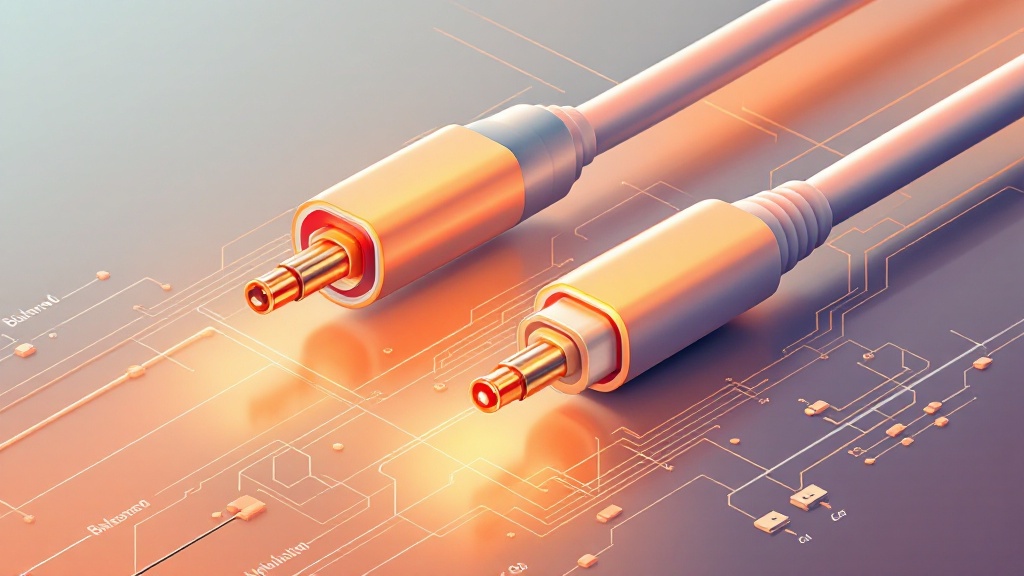
·
Balanced vs Unbalanced Cables for Microphones: What You Need to Know
When you’re setting up a microphone—whether it’s for recording vocals, podcasting, or streaming—it’s easy to focus on the mic itself and forget about the cables. But here’s the thing: the cable you use does matter. Understanding the difference between balanced and unbalanced cables can save you from annoying hums, signal loss, and audio headaches. Let’s…
-
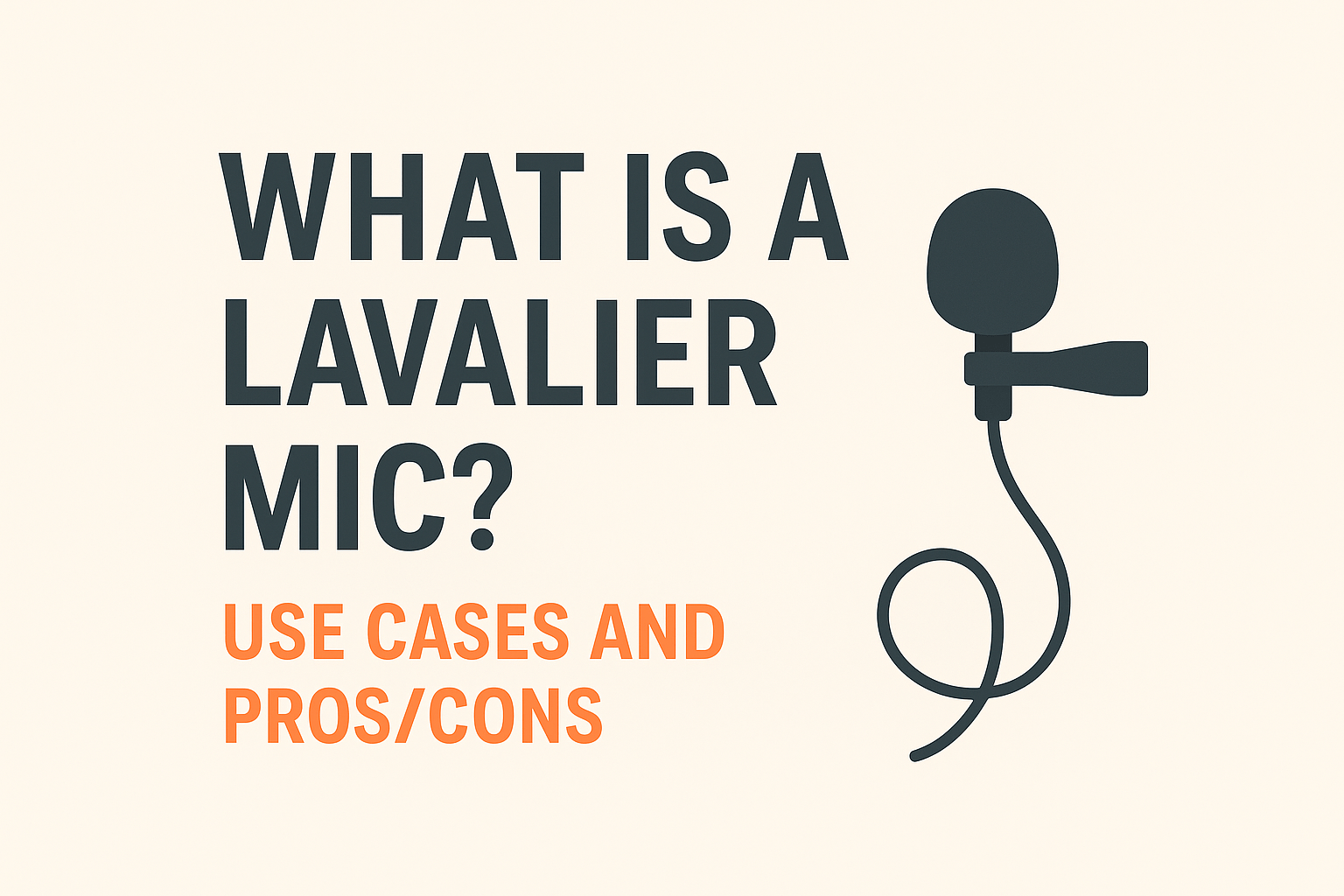
·
What Is a Lavalier Mic? Use Cases and Pros/Cons
So you’ve seen those tiny microphones clipped to someone’s shirt in a video and wondered, “What is that little thing?” That’s a lavalier microphone—also known as a lav mic, lapel mic, or clip-on mic. Whether you’re getting into video, running interviews, or just want cleaner audio without holding a mic, a lavalier could be your…